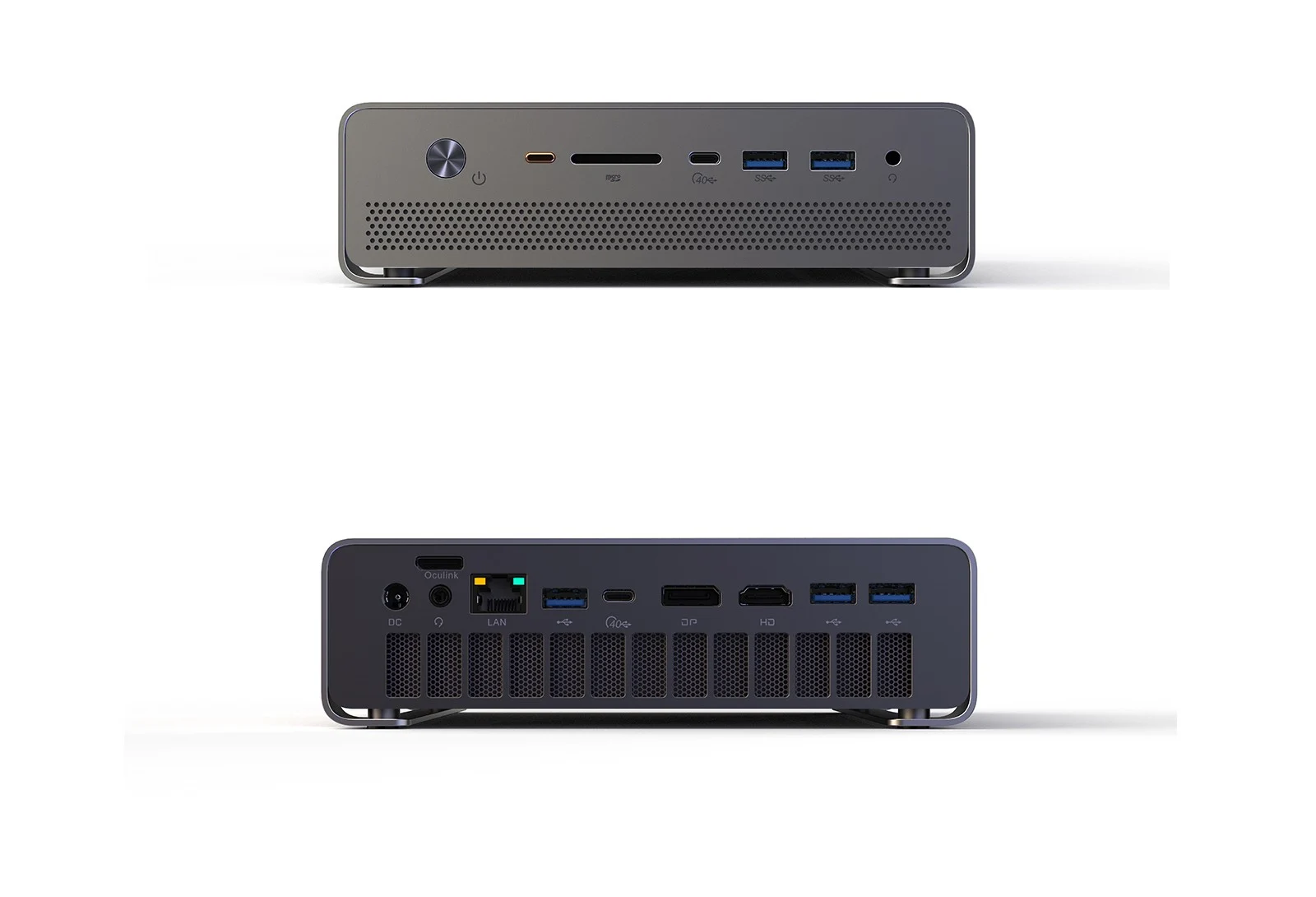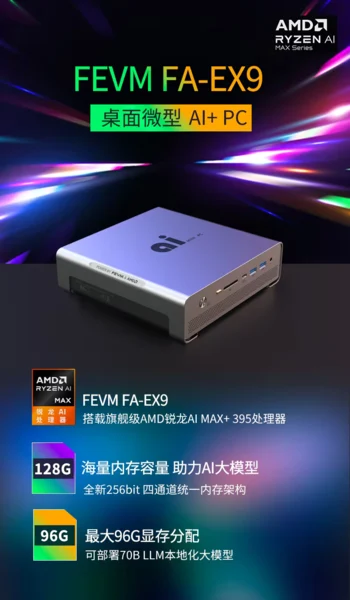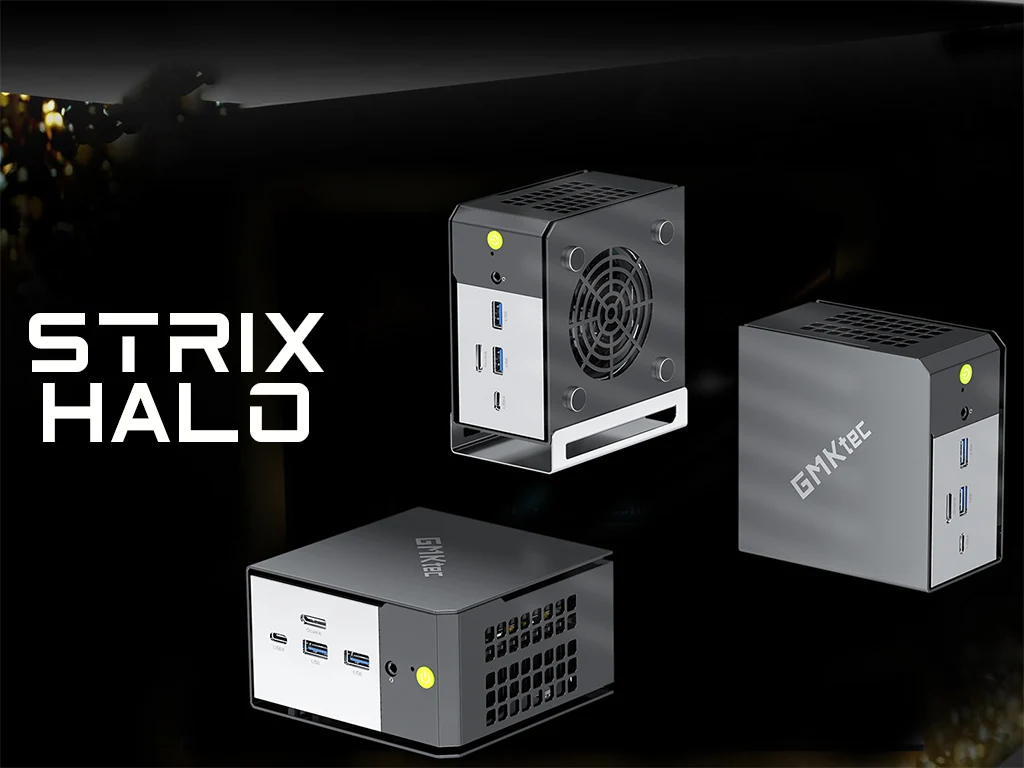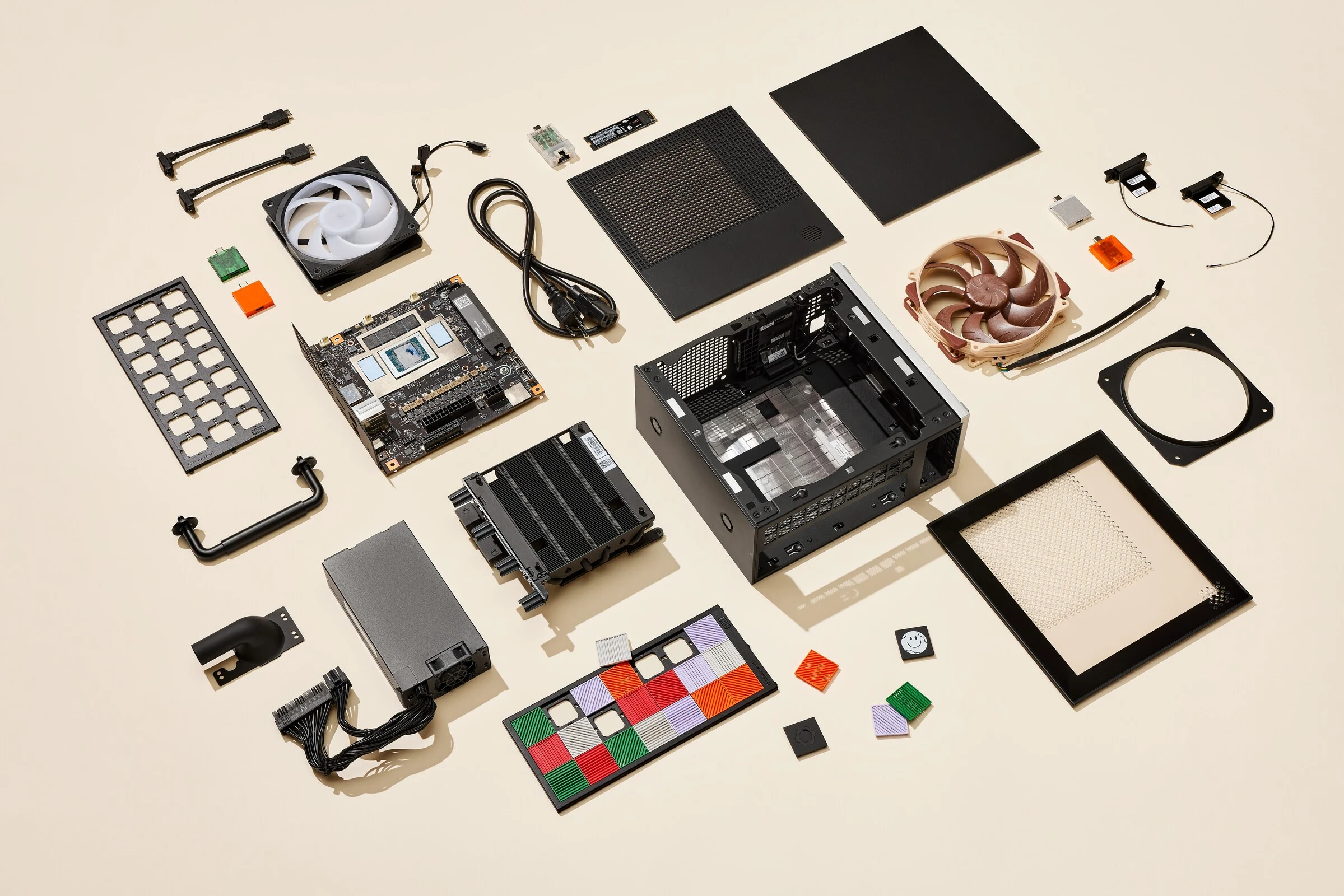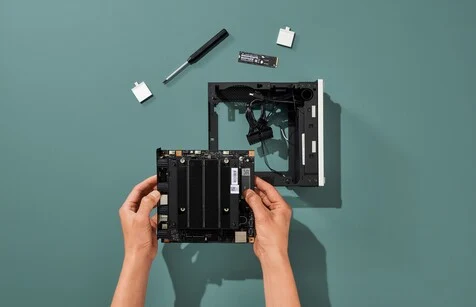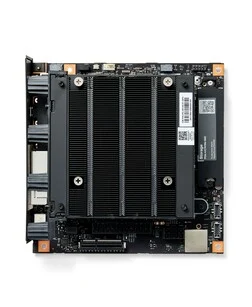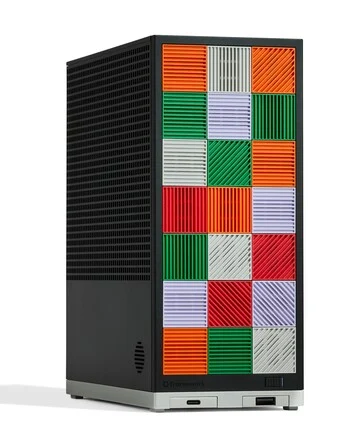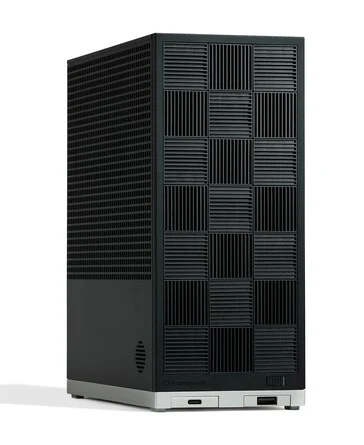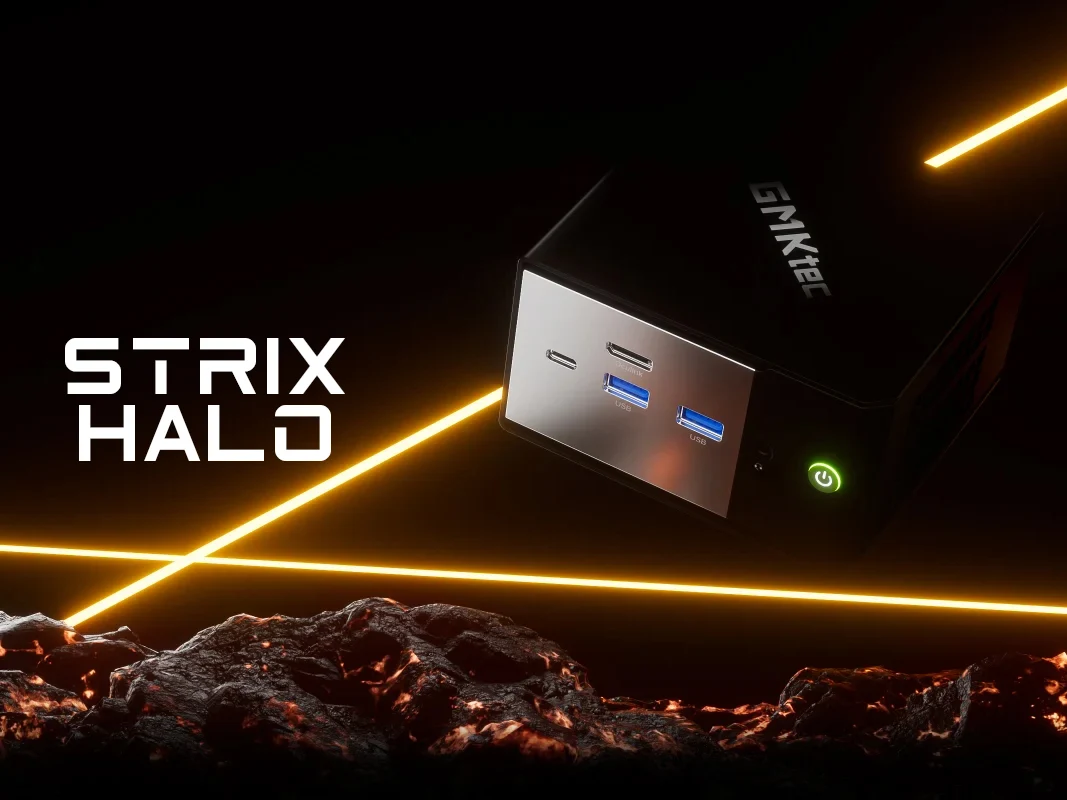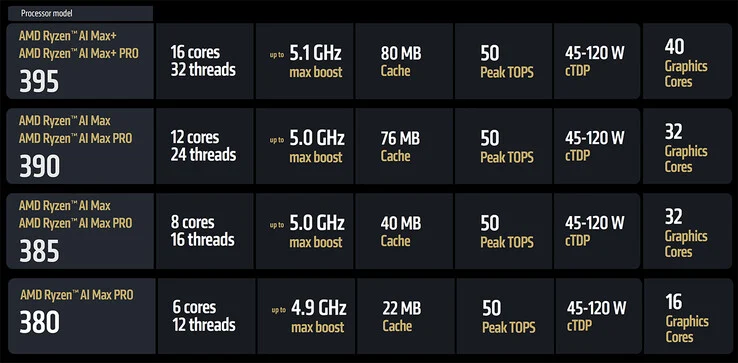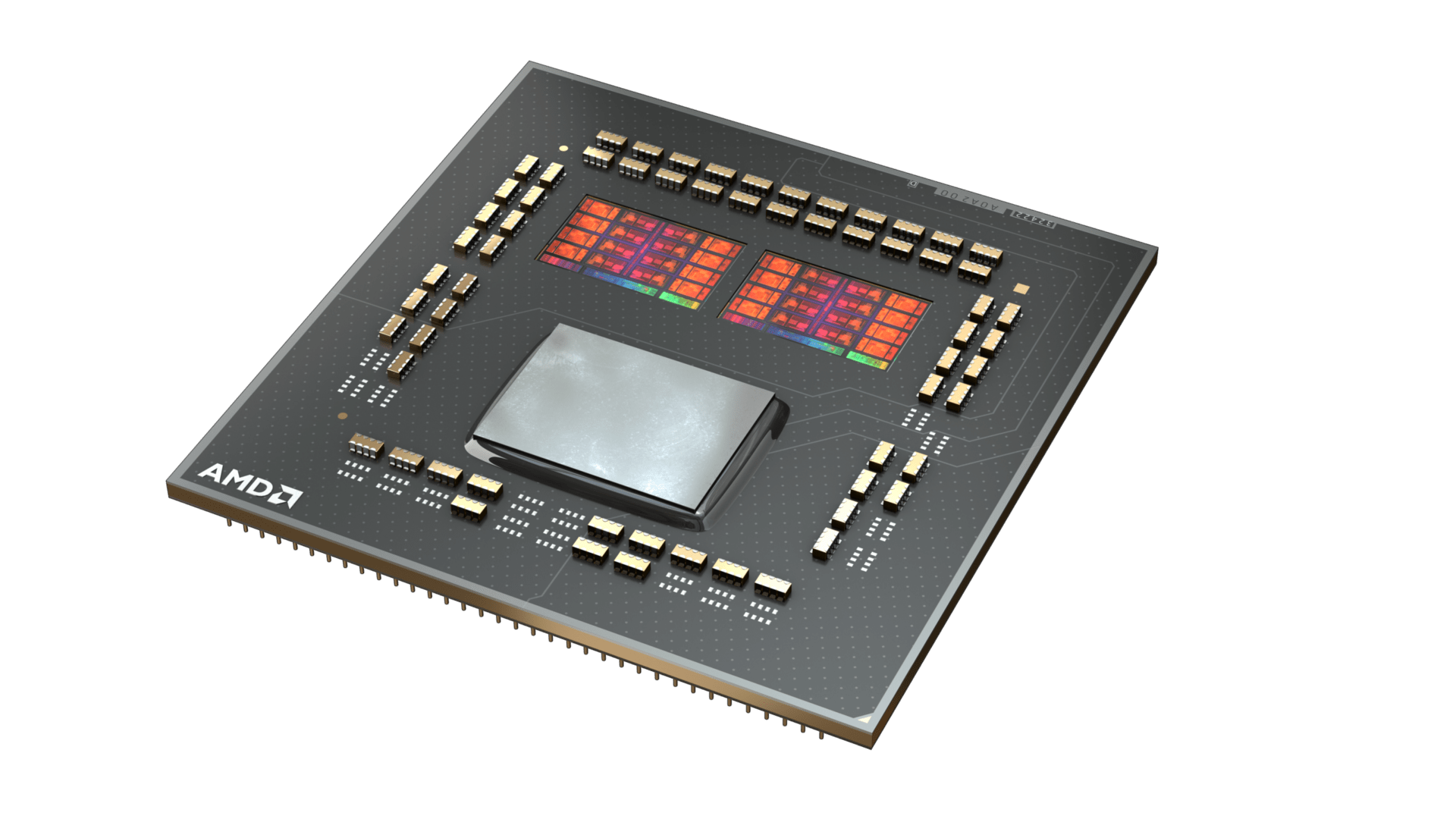Key Takeaways
1. The number of devices powered by AMD Strix Halo is gradually increasing, moving beyond just major manufacturers like Asus and HP.
2. Beelink has introduced the GTR9 Pro, a mini-PC that combines features of the Mac Studio and Mac mini.
3. The GTR9 Pro includes four microphones, a 3.5 mm audio jack, an SD card slot, and a USB Type-C port.
4. It is expected to outperform the Apple M4 Pro chipset with its Ryzen AI Max+ 395 APU and support up to 96 GB of VRAM.
5. The GTR9 Pro is anticipated to be priced at $1,999 and is marked as ‘coming soon.’
After a bit of a slow begin, the number of new devices powered by AMD Strix Halo is starting to increase gradually. At first, only major manufacturers such as Asus and HP were the ones to announce Strix Halo devices. However, this has recently shifted in the past weeks.
Beelink Joins the Fray
Now, Beelink has entered the scene with its GTR9 Pro, which will soon be available alongside the AI Mini. For more information about Beelink’s so-called ‘AI server cluster’, check out our separate article. Regarding the GTR9 Pro, it appears to be a blend between the Mac Studio and Mac mini in size.
Specifications of the GTR9 Pro
From the images that Beelink has shared so far, the mini-PC features four microphones on the front, a 3.5 mm audio jack, an SD card slot, and a USB Type-C port. Additionally, the power button for the GTR9 Pro seems to be placed more sensibly than that of the latest Mac mini.
The GTR9 Pro is expected to be much more powerful than the Mac mini, even with the Apple M4 Pro chipset. In reality, the Ryzen AI Max+ 395 is the same APU utilized by GMKtec in the EVO-X2 (currently priced at $1,799 on Amazon). Beelink has stated that its mini-PC will support up to 96 GB of VRAM, suggesting that it will come with 128 GB of RAM soldered from the factory. The expected price for the GTR9 Pro is $1,999; however, Beelink has only indicated that the mini-PC is ‘coming soon’ at this time.
Beelink’s new product shows their commitment to enhancing the mini-PC market.
Source:
Link



